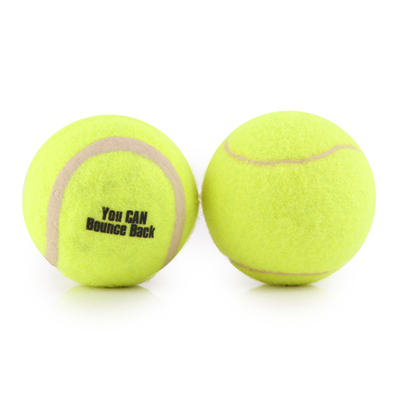Tennis balls have a psychological impact on players that goes beyond their physical properties. The color, sound, and feel of a tennis ball can influence a player’s confidence, focus, and mindset:
- Color Psychology: The color of a tennis ball can affect visual perception and player confidence. Brightly colored balls are more visible and can enhance player focus.
- Sound: The sound of a tennis ball hitting the racket and court can serve as an auditory cue, influencing timing and rhythm in a player’s strokes.
- Texture and Grip: The tactile experience of gripping and hitting a tennis ball can impact a player’s comfort level and connection with the game.
- Association with Success: Players may develop a psychological association between a certain type of ball and successful performances, leading to increased confidence.
- Mindfulness and Focus: Paying attention to the sound and feel of the ball can enhance mindfulness and present-moment awareness during play.
- Pre-Match Rituals: Incorporating rituals involving the touch or visualization of a tennis ball can help players enter a focused and confident state of mind.
- Comfort Zone: Some players may have a preference for a specific brand or type of ball due to the comfort and confidence it provides.
- Nostalgia: Tennis balls can evoke memories of past successes or challenges, influencing a player’s emotional state during a match.
- Novelty Effect: Introducing new types of tennis balls, such as those with different colors or textures, can create a sense of novelty and excitement.
- Visualization and Mental Training: Imagining the trajectory and feel of a perfect shot with a tennis ball can be part of mental training routines.
The psychological relationship between tennis players and tennis balls highlights the intricate interplay between the physical and mental aspects of the sport, ultimately contributing to player performance and enjoyment.





















